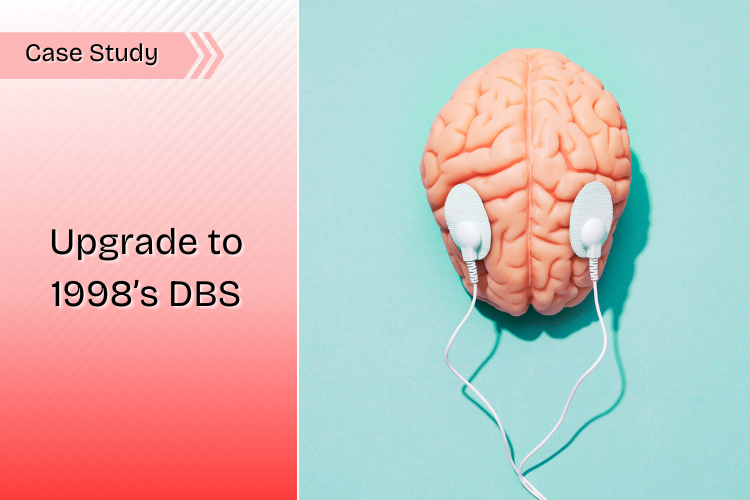New university research is set to completely transform deep brain stimulation, enabling doctors to move away from manual adjustments and to automatic adjustments based on the patient’s symptoms using new technologies.
First approved in 1998, deep brain stimulation is the placement of electrodes in the brain connected to a battery-operated generator in the chest. A small impulse of electricity moves from the generator to the electrodes to stimulate a specific area of the brain, relieving some symptoms and side effects for those with Parkinson’s disease, dystonia, epilepsy, and tremors. It is similar to a cardiac pacemaker.
The challenge is in the past those electrical impulses needed to be manually done during doctor’s visits. But now, The University of Texas Health Science Center in San Antonio is using new technology that could completely transform everything. A software update can set the generator battery to continually adjust stimulation based on the patient’s symptoms using a tablet like an iPad that connects through Bluetooth.
Here is how this can help:
- Adjust stimulation based on patient’s symptoms, creating individualized treatment.
- Improve patient quality of life through symptom optimization.
- Reduces the number of visits required.
The technology manufacturer is launching the product for patient care in 24 locations and the product received federal Food and Drug Admin., approval on February 24. We can expect healthcare technology to become more automatic in the days ahead.


